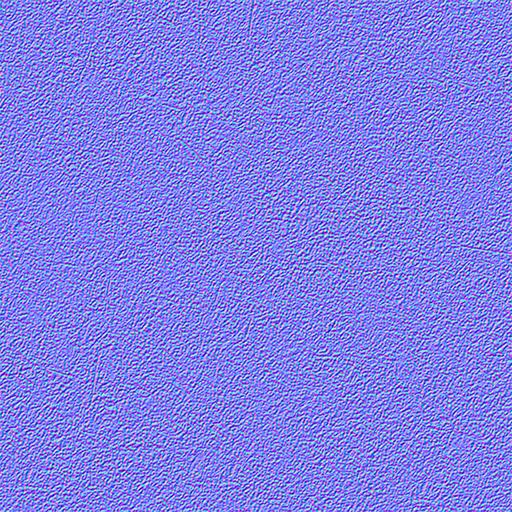I am using SharpDX, a C# wrapper over DirectX 11 to render terrain. While I am able to render terrain correctly, I noticed that moving around creates a lot of visual noise and makes the texture of the ground very grainy. I have attached a picture of how the texture looks on the terrain. (Make sure to make full screen for clarity)
Here is the dirt texture I am using:

Here is the dirt texture normal map:

I thought I set up the mip maps appropriately in this code (note that filename is just the path to the terrain bitmap I showed above):
public bool Initialize(SharpDX.Direct3D11.Device device, string fileName)
{
try
{
using (var texture = LoadFromFile(device, new SharpDX.WIC.ImagingFactory(), fileName))
{
ShaderResourceViewDescription srvDesc = new ShaderResourceViewDescription()
{
Format = texture.Description.Format,
Dimension = SharpDX.Direct3D.ShaderResourceViewDimension.Texture2D,
};
srvDesc.Texture2D.MostDetailedMip = 0;
srvDesc.Texture2D.MipLevels = -1;
TextureResource = new ShaderResourceView(device, texture, srvDesc);
device.ImmediateContext.GenerateMips(TextureResource);
}
// TextureResource = ShaderResourceView.FromFile(device, fileName);
return true;
}
catch
{
return false;
}
}
public Texture2D LoadFromFile(SharpDX.Direct3D11.Device device, ImagingFactory factory, string fileName)
{
using (var bs = LoadBitmap(factory, fileName))
return CreateTexture2DFromBitmapSource(device, bs);
}
public BitmapSource LoadBitmap(ImagingFactory factory, string filename)
{
var bitmapDecoder = new SharpDX.WIC.BitmapDecoder(
factory,
filename,
SharpDX.WIC.DecodeOptions.CacheOnDemand
);
var result = new SharpDX.WIC.FormatConverter(factory);
result.Initialize(
bitmapDecoder.GetFrame(0),
SharpDX.WIC.PixelFormat.Format32bppPRGBA,
SharpDX.WIC.BitmapDitherType.None,
null,
0.0,
SharpDX.WIC.BitmapPaletteType.Custom);
return result;
}
public Texture2D CreateTexture2DFromBitmapSource(SharpDX.Direct3D11.Device device, BitmapSource bitmapSource)
{
// Allocate DataStream to receive the WIC image pixels
int stride = bitmapSource.Size.Width * 4;
using (var buffer = new SharpDX.DataStream(bitmapSource.Size.Height * stride, true, true))
{
// Copy the content of the WIC to the buffer
bitmapSource.CopyPixels(stride, buffer);
return new SharpDX.Direct3D11.Texture2D(device, new SharpDX.Direct3D11.Texture2DDescription()
{
Width = bitmapSource.Size.Width,
Height = bitmapSource.Size.Height,
ArraySize = 1,
BindFlags = SharpDX.Direct3D11.BindFlags.ShaderResource | BindFlags.RenderTarget,
Usage = SharpDX.Direct3D11.ResourceUsage.Default,
CpuAccessFlags = SharpDX.Direct3D11.CpuAccessFlags.None,
Format = SharpDX.DXGI.Format.R8G8B8A8_UNorm,
MipLevels = 1,
OptionFlags = ResourceOptionFlags.GenerateMipMaps, // ResourceOptionFlags.GenerateMipMap
SampleDescription = new SharpDX.DXGI.SampleDescription(1, 0),
}, new SharpDX.DataRectangle(buffer.DataPointer, stride));
}
}
Here is my samplerstate code:
SamplerStateDescription samplerDesc = new SamplerStateDescription()
{
Filter = Filter.MinMagMipLinear,
AddressU = TextureAddressMode.Clamp,
AddressV = TextureAddressMode.Clamp,
AddressW = TextureAddressMode.Clamp,
MipLodBias = 0,
MaximumAnisotropy = 1,
ComparisonFunction = Comparison.Always,
BorderColor = new Color4(0, 0, 0, 0), // Black Border.
MinimumLod = 0,
MaximumLod = float.MaxValue
};
SamplerState = new SamplerState(device, samplerDesc);
Is there anything wrong here?

